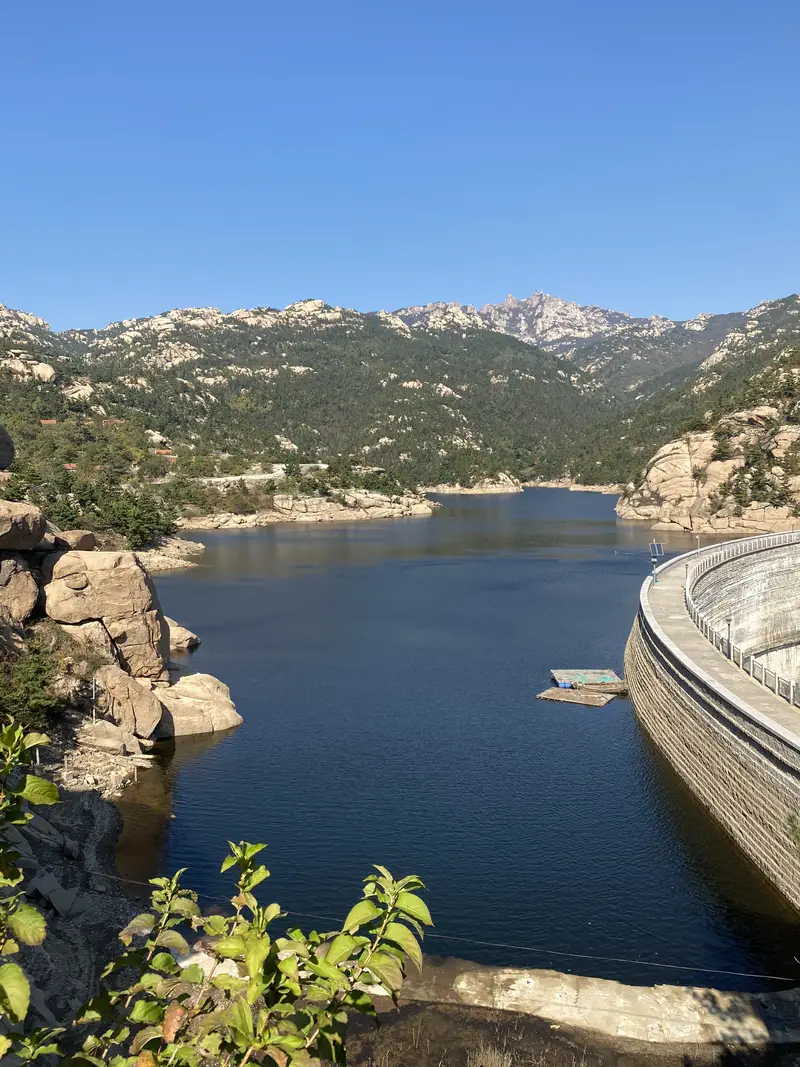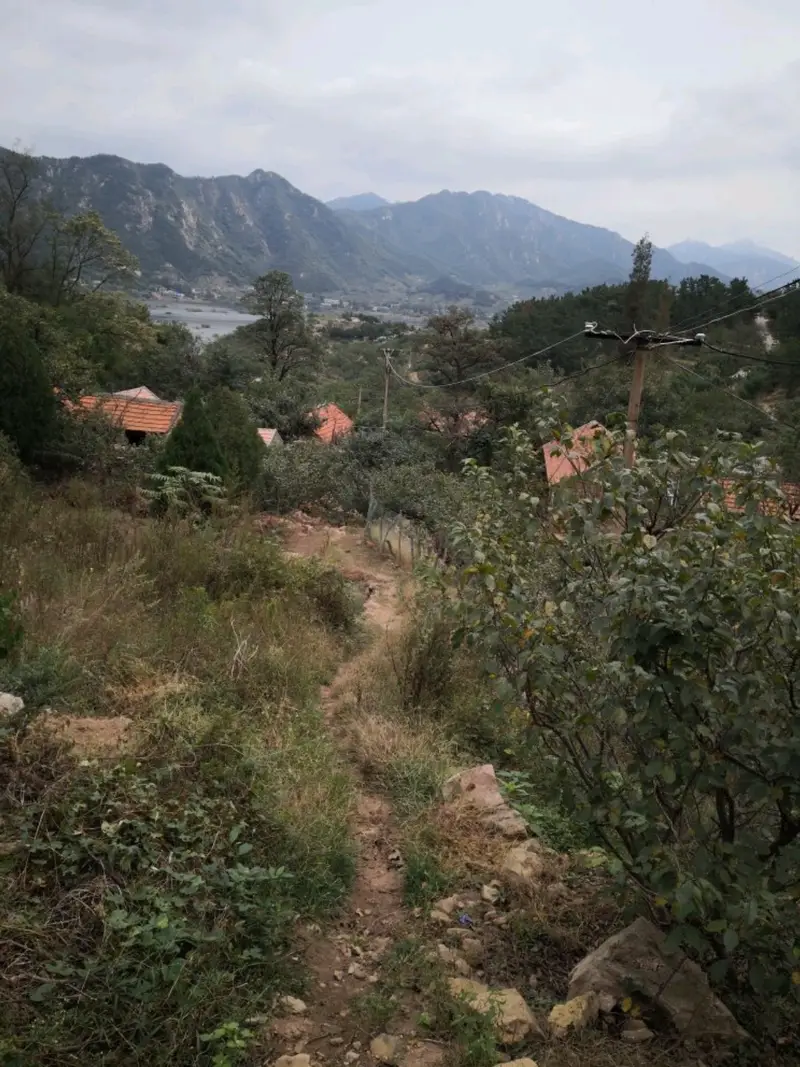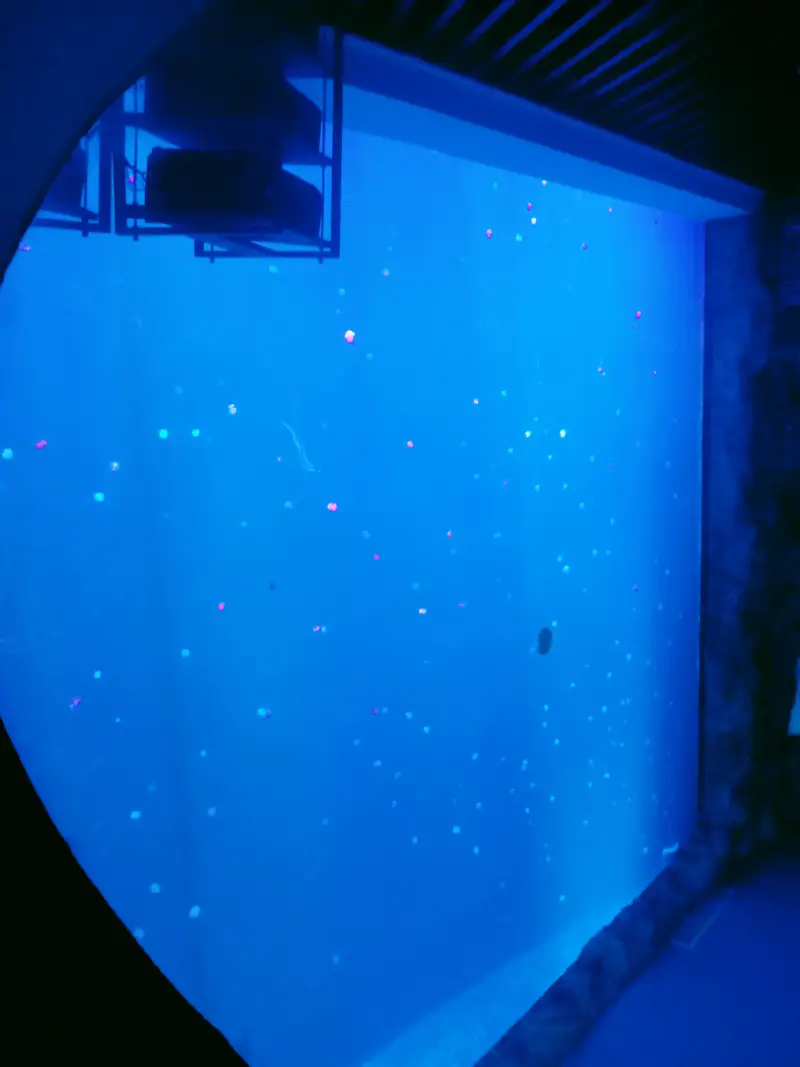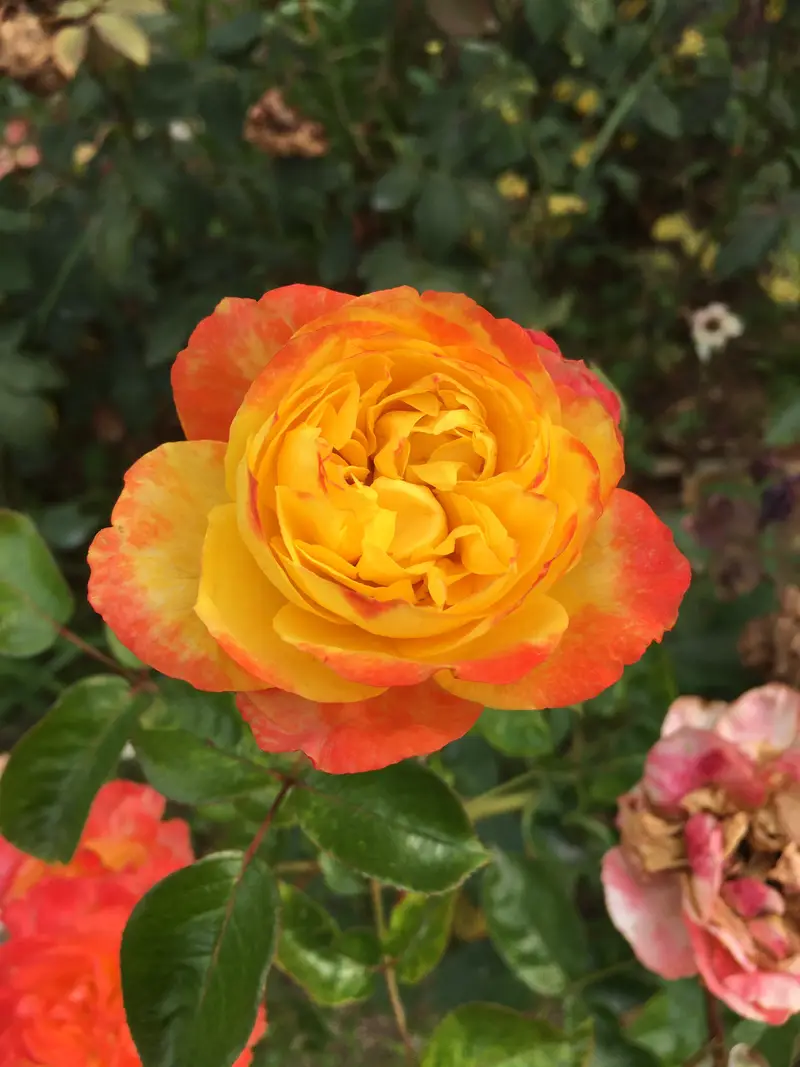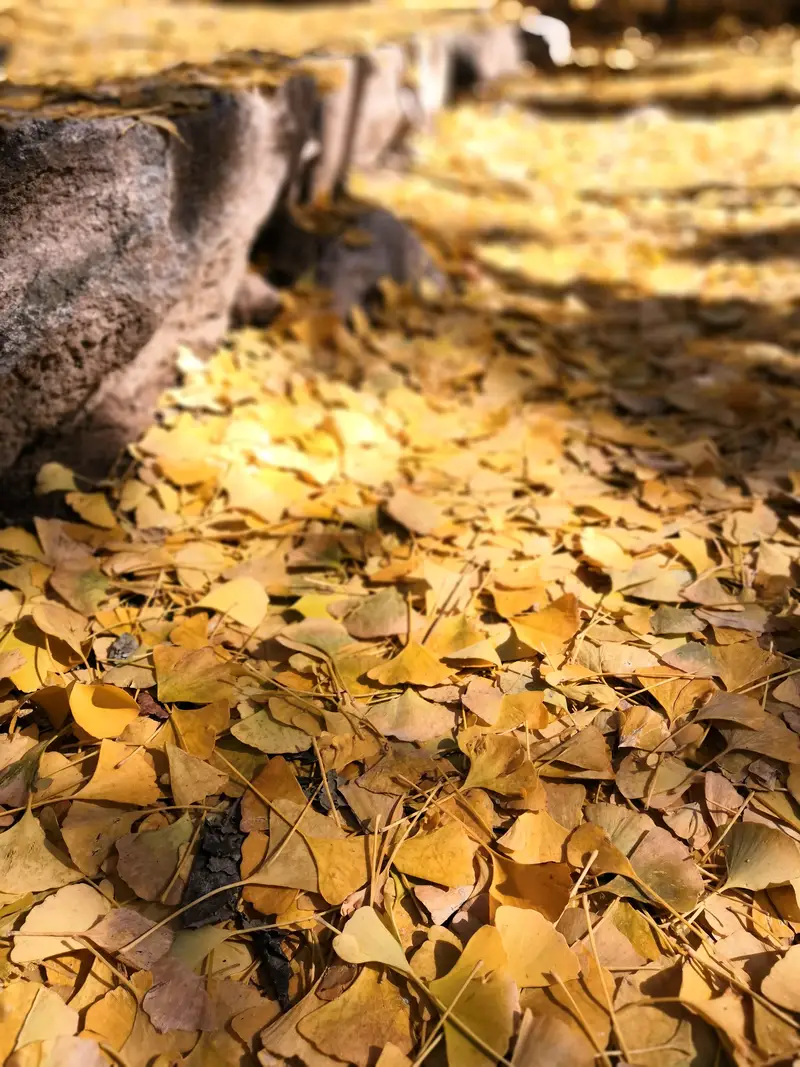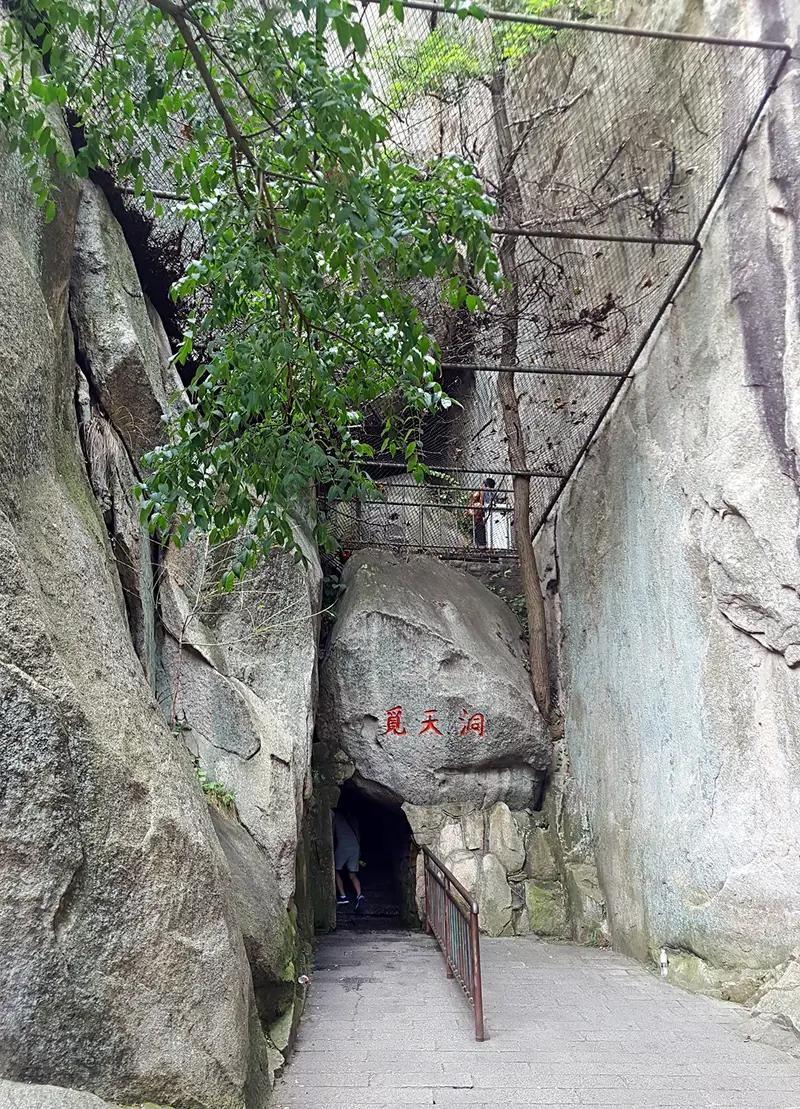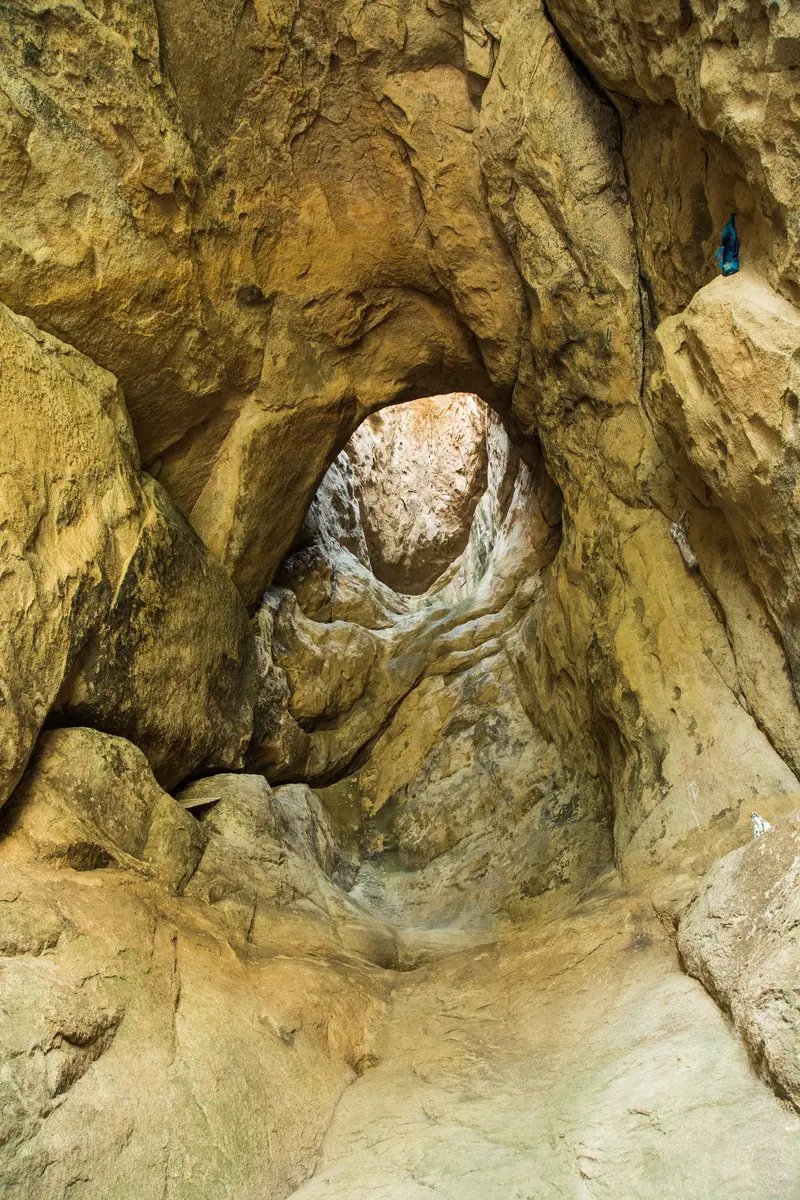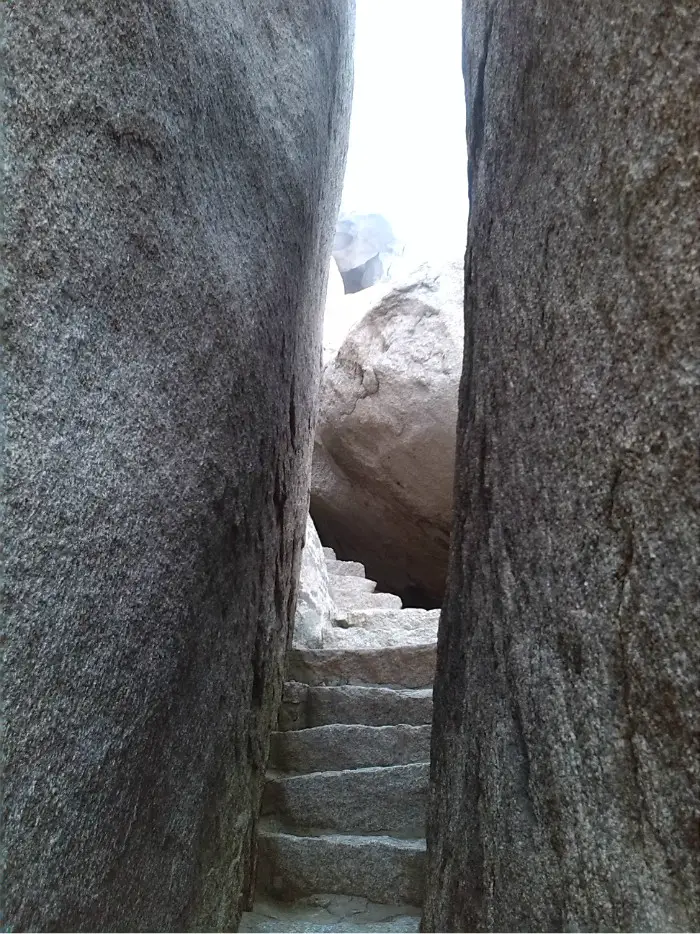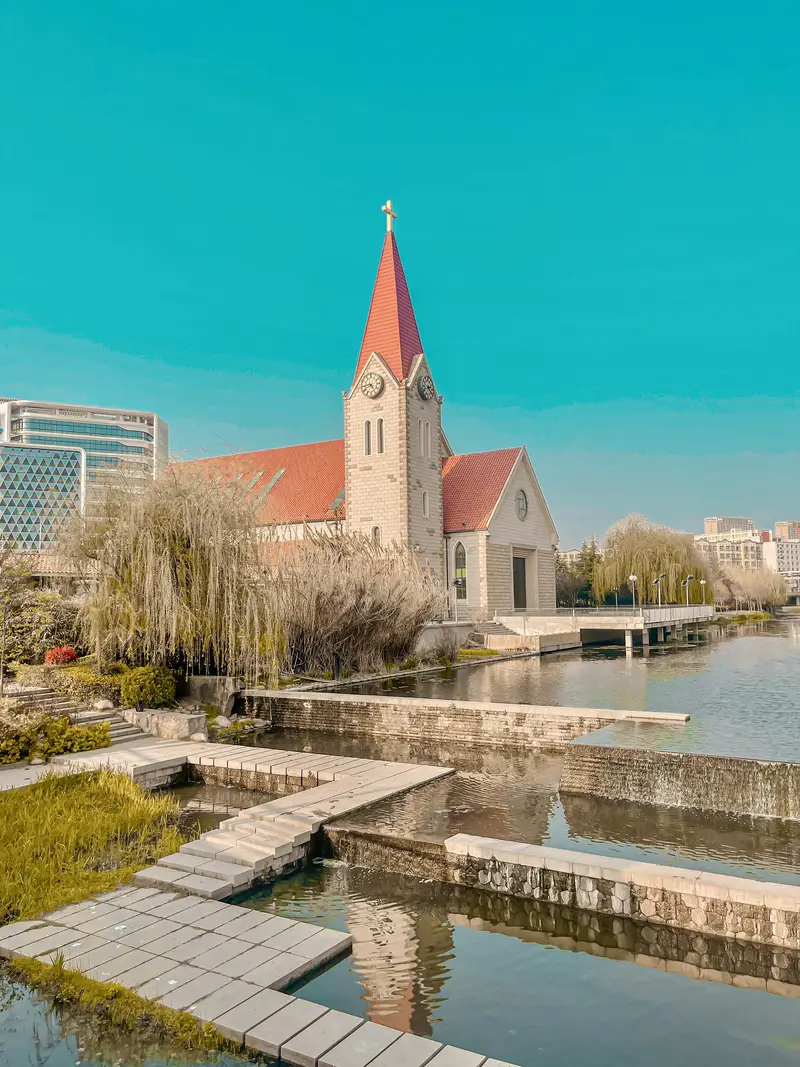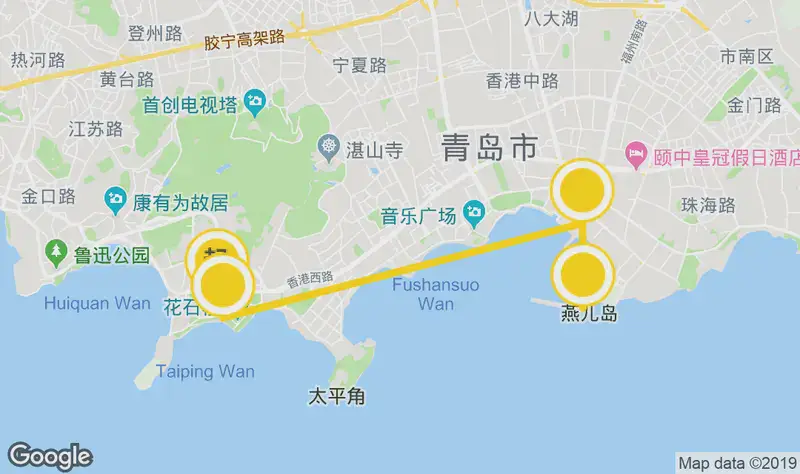Location & How to Get There
Iron Tile Hall, nestled in the scenic Laoshan District of Qingdao, is a hidden gem for travelers seeking both natural beauty and cultural depth. Perched on the slopes of Laoshan Mountain, this historic site is about a 40-minute drive from downtown Qingdao. If you’re coming by public transport, take the metro to Laoshan Beiche Station (Line 11) and switch to bus 618 or 304—tell the driver “Iron Tile Hall,” and they’ll know where to stop. For a more immersive experience, hike up from the Laoshan Scenic Area’s main entrance; the trail is shaded and dotted with stone tablets, making the journey part of the adventure.
Natural Scenery: Where Mountains Meet the Sea
What makes Iron Tile Hall truly special is its setting. Laoshan, known as the “Mountain of the East,” rolls down to meet the Yellow Sea, creating a dramatic blend of rugged peaks and coastal views. The hall itself sits amid ancient pine trees and misty valleys, especially magical in early morning when the sun pierces through the fog. In spring, wild azaleas bloom along the trails, while winter wraps the temple in a hushed, snowy silence. Don’t miss the nearby Eight Waterfalls—a series of streams that crash down rock faces, perfect for a refreshing photo stop.
Cultural Heritage: A Glimpse into Ming Dynasty History
Iron Tile Hall’s story dates back to the Ming Dynasty. Built during the Jiajing era (1522–1566), it wasn’t until 1584 that a wandering monk named Gao Laide expanded the complex by adding three rooms dedicated to the Jade Emperor. The real showstopper? The roof. After a fire destroyed the original thatched structure, locals replaced it with iron tiles—hence the name Iron Tile Hall. Today, the hall feels like a time capsule: carved wooden beams, faded murals of mythical creatures, and bells that tinkle in the wind. It’s simpler than the glittering temples in Beijing or Chengdu, but that’s part of its charm—quiet, authentic, and steeped in history.
Facilities & Visitor Tips
Visiting Iron Tile Hall is hassle-free. The site is free to enter, though you’ll need to pay a small fee (around ¥50) to enter the broader Laoshan Scenic Area. Wear comfy shoes—the climb involves steep steps and uneven paths. Bring water and snacks, as there are limited shops nearby. For deeper insight, hire a local guide (about ¥200/hour) who’ll share legends about Taoist rituals and the hall’s role in ancient worship. If you get tired, rest spots with wooden benches offer views of distant islands. Photographers should visit during “golden hour” (sunrise/sunset) for stunning light on the temple’s iron-tiled roof.
The Visit: A Journey Back in Time
Arriving at Iron Tile Hall feels like stepping into a different world. The air is cooler, filled with the scent of pine and ocean salt. Start by exploring the main hall, where Taoist statues sit beneath a ceiling of dark, weathered iron tiles. Look closely: some tiles bear intricate symbols believed to ward off evil. Wander to the rear courtyard, where a stone incense burner collects wishes scribbled on ribbons. For a quiet moment, sit on the hall’s steps and listen to the wind chimes—it’s said they’ve been here since the Ming era.
If you’re lucky, you might catch a Taoist priest performing a ritual, chanting prayers in a rhythmic cadence. Even on busy days, the hall’s remote location keeps crowds manageable. Pair your visit with a hike to Taiqing Palace (a larger Taoist temple) or the Southern Sky Gate for panoramic sea views.
Why Iron Tile Hall Sticks with You
What makes Iron Tile Hall unforgettable? It’s the blend of raw nature and human storytelling. Unlike Qingdao’s beaches or beer-centric attractions, this spot offers quiet reflection. Whether you’re fascinated by Taoist culture, ancient architecture, or just need a break from city bustle, the hall’s simplicity and mountain-sea backdrop leave a lasting impression. Pack light, bring curiosity, and let the iron tiles whisper their 500-year-old secrets.


